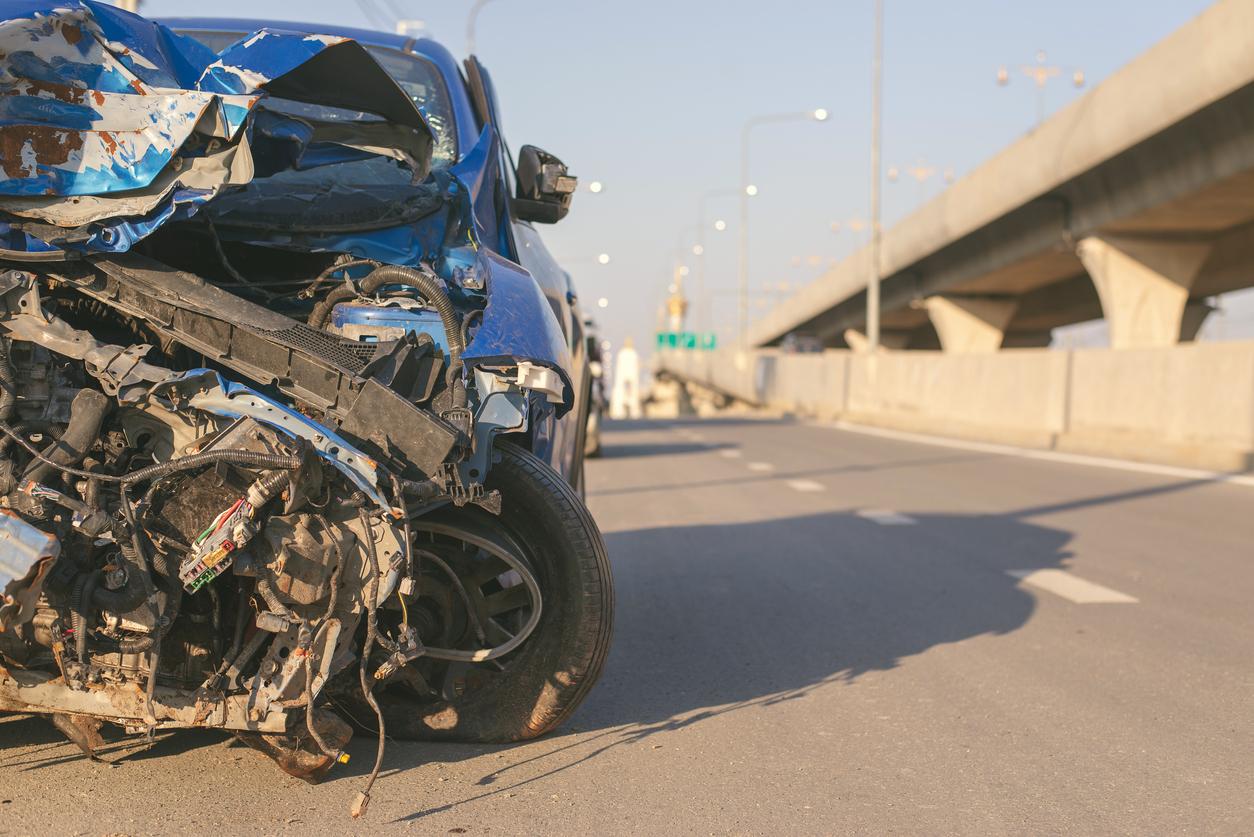A five-year observational study by French researchers shows a lower frequency of spinal fractures in early ankylosing spondylitis than seen in previous studies. Good news

French rheumatology researchers have studied the outcome of patients with spinal pain with a diagnosis of spondyloarthritis in order to identify factors in the onset and progression of the disease.
Their conclusions call into question the results of previous studies which showed a higher frequency of fractures. This observation comes in parallel with an improvement in the management of the disease with better follow-up and more powerful treatments. Their results were published in the Annals of the Rheumatic Diseases.
A 5-year study
The researchers relied on the X-rays of 432 people who are part of a clinical study of patients with inflammatory back pain that may correspond to ankylosing spondylitis, called the DESIR (DEvenir des spondyloarthropathies indifferentiées) cohort. “We assessed the prevalence (total frequency – ndl) and incidence (frequency of new cases – ndl) of vertebral fractures and vertebral deformities in these patients at baseline and over 5 years”, indicate the researchers.
In the end, only 5 patients suffered a spinal fracture with seven vertebrae affected, most located in the thoracic spine. For 19 other patients, the diagnosis of vertebral fracture was “doubtful” while 13 others had a prevalence of vertebral fracture.
Lower prevalence than reported in previous studies
“We found low prevalence and incidence of spinal fracture,” the researchers conclude. “This supports our hypothesis that the true prevalence and incidence of vertebral fracture in people with ankylosing spondylitis is lower than reported in previous studies.”
Ankylosing spondylitis can initially manifest itself as stubborn pain in the spine, occurring mainly at night and in the morning upon waking, without radiological lesions. When the pain resists at least two anti-inflammatory treatments at effective doses, an anti-TNF treatment must be followed, which makes it possible to limit the intensity and the extension of the inflammatory reaction during rheumatic flare-ups and most often makes it possible to place patients in remission.
The importance of consulting early
The diagnosis of ankylosing spondylitis must be early in order to allow rapid treatment that will relieve pain and avoid complications. Generally, the medical check-up will be accompanied by a blood test and an x-ray to look for possible lesions. It is then best to consult a rheumatologist because although radiology does not detect the disease, this does not mean that it is not present.

.

















